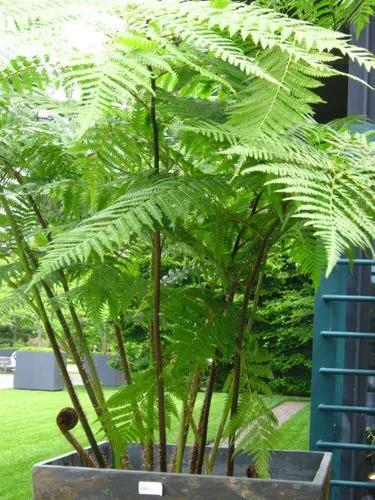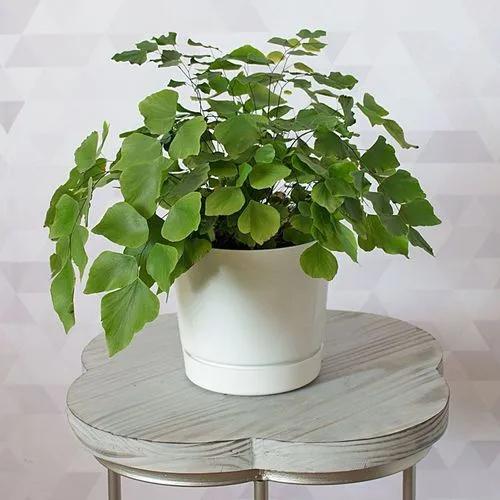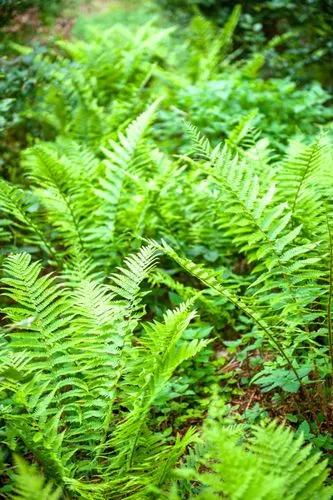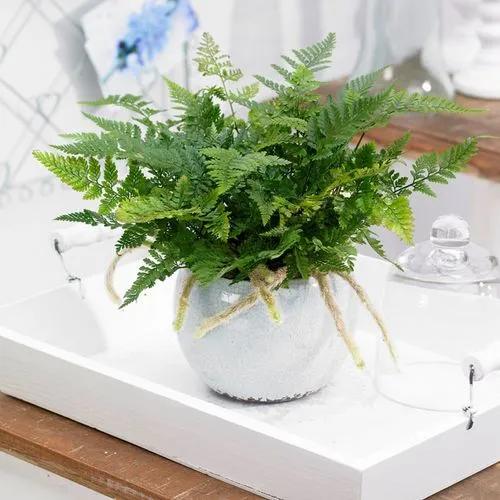Asplenium scolopendrium is an evergreen fern widely distributed in central and southern Europe, eastern Iran, northwestern Africa, Korea, Japan, Sakhalin and scattered populations appear in eastern North America. It occurs at sites on or near dolomite (magnesium-rich limestone) that remain consistently moist year-round such as sinkholes, cave entrances, wooded limestone ravines and talus slopes and steep north-facing slopes with rich, moist soil. Within these sites, it is typically found in microhabitats such as moist crevices, moss mats, depressions, spray zones and shady cliff margins.
Hart's-tongue Fern Care
Asplenium Scolopendrium



How to Care for the Plant

Water

Water moderately, giving enough at each watering to make the potting mixture moist throughout but allowing the top centimetre (0.4 inch) or so of the potting mixture to dry out before watering again. If room temperature is allowed to fall below 13°C (55°F) for more than two or three days at a time, water more sparingly during this cool period, allowing a full half of the potting mixture to dry out between waterings.

Fertilizer

Use half-strength standard liquid fertiliser. Frequency of feeding depends on the type of potting mixture. For plants that are potted in soil-based potting mixture monthly feedings should be adequate. For those ferns grown in peat-based potting mixture apply fertiliser once every two weeks.

Sunlight

Asplenium scolopendrium need a cool shady place to thrive. Plant these ferns in part shade to full shade. If grown in full sun, the ferns are yellow and stunted, while the ferns that grow under the shade are luxuriant and dark green. In alpine areas, plant them in a sheltered location where they are exposed to sun rays only during the coolest hours of the day.

Soil

Asplenium scolopendrium thrives in humusy, limestone soils. It needs superior soil drainage to avoid root rot. The ideal growing conditions are a slightly alkaline well-drained but moist soil that has lots of leaf mould incorporated.In wild these ferns can be found growing with their roots in very small amounts of soil founded between rocks and crevices. This kind of environment can be replicated in the garden but ferns grown in poor conditions will be small.

Temperature

Asplenium scolopendrium grows well in normal room temperatures and can also tolerate temperatures down to 10°C (50°F). These ferns need high humidity in warm positions. When the temperature rises above 18°C (64°F), stand the ferns on trays of damp pebbles.

Additional

Although we have found no reports of toxicity for this species, a number of ferns contain carcinogens so some caution is advisable[200]. Many ferns also contain thiaminase, an enzyme that robs the body of its vitamin B complex. In small quantities this enzyme will do no harm to people eating an adequate diet that is rich in vitamin B, though large quantities can cause severe health problems. The enzyme is destroyed by heat or thorough drying, so cooking the plant will remove the thiaminase

Popularity

3,159 people already have this plant 403 people have added this plant to their wishlists
Discover more plants with the list below
Popular articles






